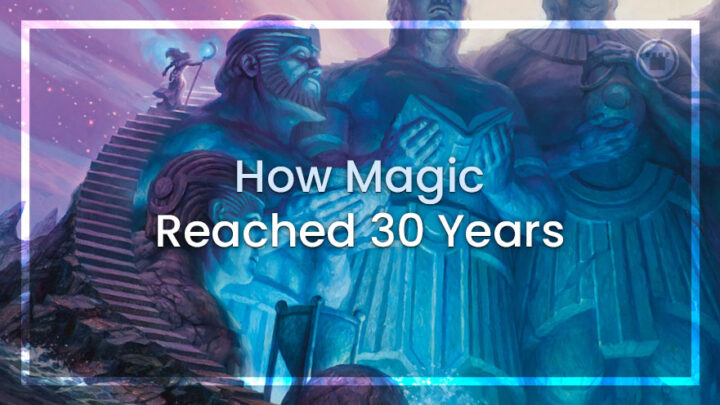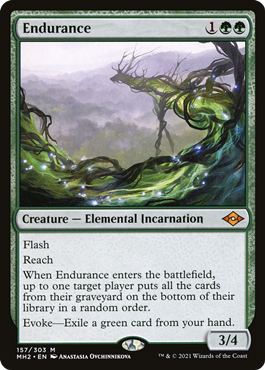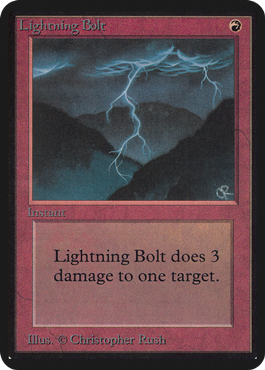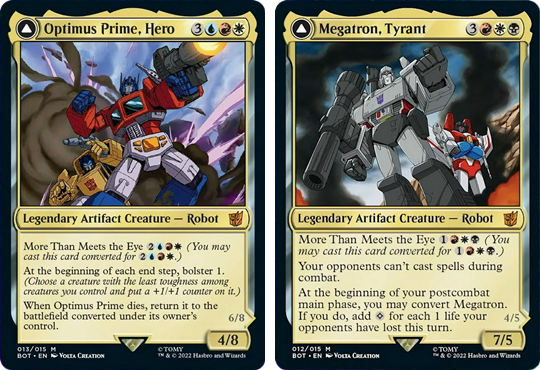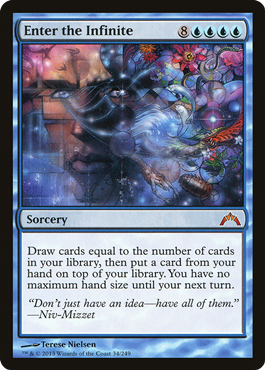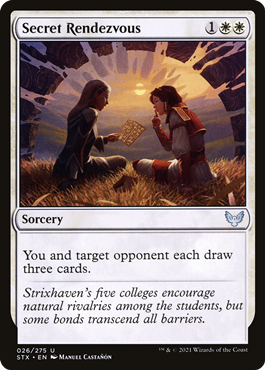A sea of Magic fans churned through The Expo at World Market Center, ebbing and flowing through the Magic 30 show floor like the tide. Thousands upon thousands came to Las Vegas for the vendors, artists and experiences of the event, all due to their love of the game. As they cracked packs, acquired merch and shuffled up to play in Magic planes brought to life, they demonstrated their own fractions of what has helped the world’s first trading card game endure for decades.
According to the game’s original creator, Dr. Richard Garfield, he never expected Magic to turn out the way it has. At a panel during Magic 30, while he admitted to knowing Magic was a solid game based on his play testers’ enduring interest after their first match, he added that plenty of other, similarly beloved games never reached such heights.
“I’ve seen lots of games that I think are excellent, and they haven’t shaken the world,” Garfield said. “So that was what I expected. I expected a good chance that it’s not going to get a big audience. Maybe I wouldn’t have been surprised if it got a small audience of really passionate people and I’d move on to another trading card game.”
Yet at the same time, Garfield said he knew the impact games could have, pointing to the fact that people can still play Scrabble today even though it was released in the ‘50s.
“Games that pass a certain threshold have this endurance, which is amazing for cultural products, I guess maybe similar to music,” Garfield said. “In the instance of Magic, I was constantly surprised by how well it was doing. But once the second generation of people start playing it, well, you’ve got something which you can bet that, if it’s not mishandled, will last indefinitely.”
Capturing Magic
It’s hard to pinpoint the moment when Magic passed that threshold, but Garfield at least highlighted one point from the game’s earliest years: an effort to push back against treating cards as “collectibles” instead of game pieces.
“The people who I was working with in R&D were trying hard to keep focused on this idea that this is a game first,” Garfield said. “And if you treat it as a collectible first, you are not doing your game players any favors.”
From that point on, there are numerous turning points that helped cement Magic as a gaming mainstay — depending on who you ask. Magic’s vice president of design at Wizards of the Coast, Aaron Forsythe, said the Pro Tour’s creation in the mid ‘90s added an important sense of legitimacy to the hobby.
“That said, hey, if you want to spend every waking moment you have thinking about this game, it’s OK because you can be rewarded for doing so,” Forsythe said. “I remember telling my own parents or my girlfriend that people were winning thousands of dollars. There’s a path here that’s worth spending all my time on this game.”
There’s also the period around 2010, following the release of Zendikar, where Wizards made a concerted effort to increase accessibility. Part of that was forging into new spaces through games like Duels of the Planeswalkers, which was the foundation of digital Magic that became Magic: The Gathering Arena.
Senior game designer Melissa DeTora agreed with Forsythe’s point about Arena, especially considering it helped two important groups within the larger Magic community get more out of the game. Marginalized people who might feel uncomfortable playing in real life at a local game store had a safer way to engage with the game while content creators gained an exciting tool that helped the popularity of watching Magic explode.
“It’s crazy. Before Arena, there were like two content creators — and now there’s such a variety,” DeTora said. “There’s people streaming for entertainment. There’s people streaming because they want to be competitive. So you really get a wider variety of people.”
Both also brought up Wizards’ embrace of the grassroots-developed Commander format. Forsythe focused on the adoption of preconstructed decks that allowed players to get in on the action right away while DeTora looked toward Wizards’ recent commitment to create cards specifically for the format through the formation of a new design team.
Before last year, when Wizards officially made the team, DeTora said working on Commander products was always a side project for employees. But as the format has grown, she is now one of the designers whose primary job is to design Commander cards. In fact, according to DeTora, the first cards the team got to work on were the Transformers cards in The Brothers’ War. Beyond that point, players will see what else the team has in store for them.
The Gathering
Despite a handful of key moments standing out, the game in its totality is really what allowed Magic to reach 30 years.
“Magic is a game where, no matter what type of gamer you are, you can find something in it for you,” DeTora said. “Some people are into the art. Some people are into the competitive nature. Some people are into customizing decks. So no matter what you like, there’s something that is for you there — which is why I think Magic is the best game.”
Forsythe stressed Magic’s infinitely expandable nature is an important quality for the game’s continued success.
“Having worked on the design side for so long, there were definitely points in my career where I felt like we’re gonna run out of stuff to do here,” Forsythe said. “But we’ve actually increased the pace at which we’re making stuff and just unlocked more ways to design things.”
Forsythe added that being first to market helped Magic, but he said Wizards of the Coast cultivated that head start by keeping the rules functioning and power levels reasonable throughout the years. This has enabled fans to play Magic in a multitude of ways across formats seamlessly, which helps them stick around for years once they pick up their first cards.
Of course, Forsythe also credited secret weapon behind Magic throughout the past 30 years: the dedicated community that keeps coming together, in person, to play the game.
“Not only can you have a great time building decks and playing games, but you’re also going to find like minded people that love the same kind of things you do,” Forsythe said. “That’s what’s going to keep you coming back.”
That was the case for Richard Cao, the owner of community website MTGGoldfish. While he picked up Magic as a child, playing off and on through high school and college, it was his work friends who pulled him back in for the final time around original Innistrad’s release. The way Magic brings players together is what Cao said makes the game so enduring.
“I think it’s actually the gathering, as cliche as it is,” Cao said. “You’re always just hanging out with friends. It doesn’t matter what you’re really doing — you’re having a good time. Magic is a great medium to channel that, and especially an event like [Magic 30] where you get to meet all the fans, play with strangers and make new friends.”
End step
Regardless of which angle you look at it from, there are many reasons for 30 years of Magic success. From key early decisions to capitalizing on emerging trends and staying committed to the players, the game is set up to keep moving forward. And while no one knows what the future holds, perhaps eventually Magic will reach the same heights as a game like Scrabble — the point where everyone will know of the trading card game invented by Dr. Garfield.

Jason Krell is the content manager at Card Kingdom, meaning he helps make all of this possible. He is also an unabashed Esper control player, and he hopes the two things at least cancel each other out. He loves when everyone gets to do their thing in a game of Commander and spends way too much thinking about game design. Jason also comes from an esports journalism background, which probably explains a lot about his work.

